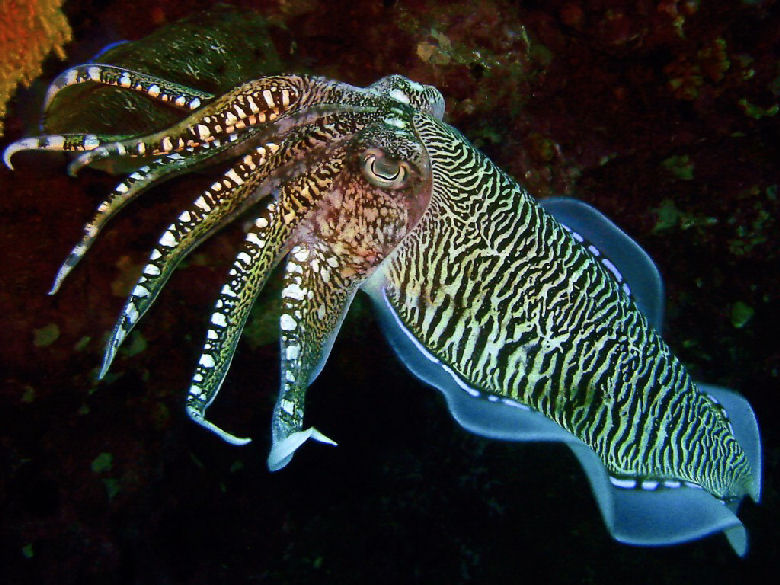Monthly Archives: April 2014
163.WHAT IS A SQUID?
In the days when Columbus sailed the seas there were stories told of long-armed monsters that reached out of the water to scuttle ships and pull the sailors down to the depths of the ocean. Such stories were exaggerations. There never were such monsters, and what the sailors probably saw were giant octopuses or giant squid.
162.WHAT IS A CUTTLEFISH?
Anybody who owns a canary probably knows about “cutt1ebone,” which comes from the cuttlefish. The cuttlebone is given to canaries and other cage birds so they can sharpen their beaks on it.
But,except for this, the cuttlefish is quite unknown to most of us. The cuttlefish is not a fish, but a mollusk. It belongs to the class of mollusks called “cephalopods,” which means “head-footed animals.” This is because of the arrangement of the arms, or feet, around the mouth. The Octopus also belongs to this class of mollusk.
161.DO SNAILS LAY EGGS?
Snails are mollusks, which means a kind of animal without backbones. There are two basic kinds of snails: the first includes the snails which have shells; the second, those which are covered merely by a thin mantle. Members of this second group are usually called “slugs.”
All the members of this division of mollusks have one large foot on the underside. Therefore, they are called “gastropods,” or stomach feet. This division also includes the large whelks of the ocean and the periwinkles. The ocean snail measures about 25 millimeters in the shell.




